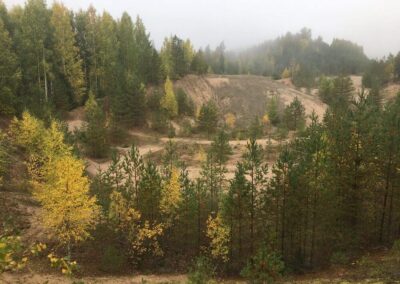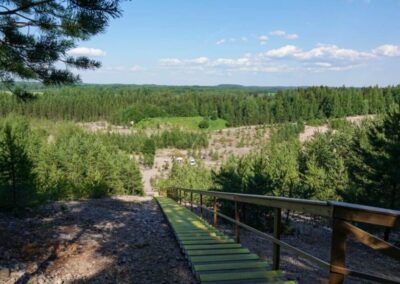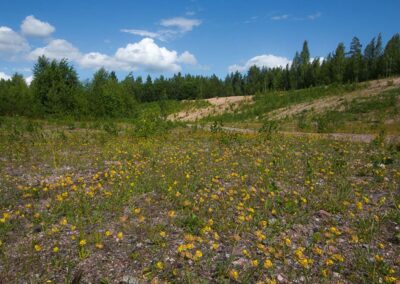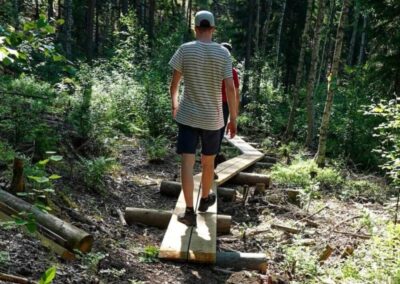Hausjärvi
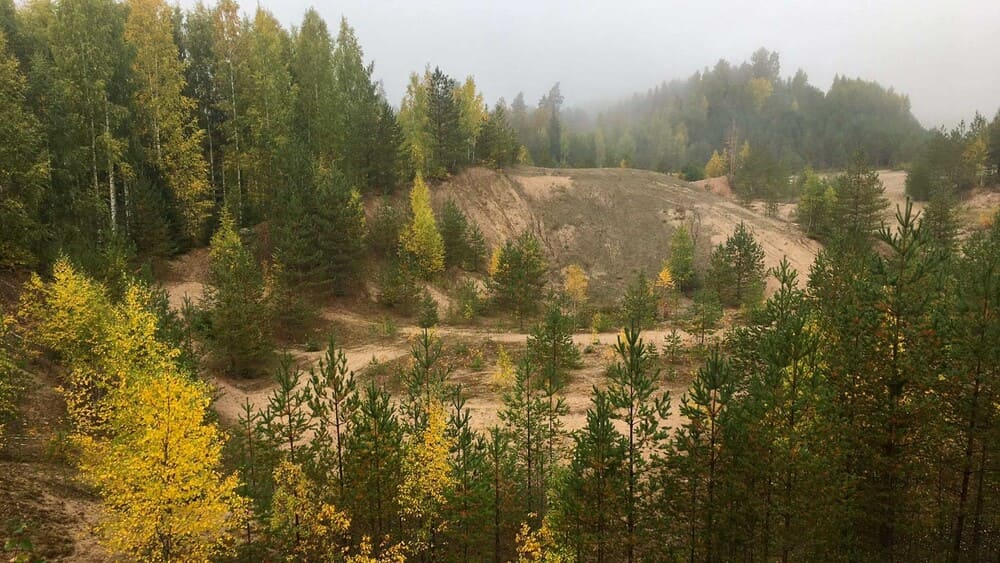
Basic info
Country:
Area:
Population:
Density:
Summary:
References:
Keywords
Gallery
Restoration of a unique sunny and dry habitat that brought the community to work together.
Issues Addressed
The Kakslammi project faced a critical challenge common to many rehabilitated landscapes: the threat of invasive species. Particularly problematic were fast-growing plants like lupins, which posed a significant risk to the delicate ecosystem and its endangered inhabitants. This situation presented not just an ecological challenge but an opportunity to rally the community around a shared goal of protecting and enhancing their natural heritage. Researchers identified several endangered perennial and insect species in the area, underscoring the urgency of intervention. The project aimed to address this delicate balance, preserving the unique ecosystem while fostering a sense of pride and responsibility among local residents.
Approaches and Solutions
The Vuokko Nature Conservation Foundation adopted a multifaceted approach to tackle these challenges. At the forefront was a proactive strategy for managing invasive species, particularly targeting lupins. This involved developing targeted control methods that could reclaim natural habitats without harming the native flora and fauna. Habitat preservation became a key focus, with active management practices implemented to maintain the open land surfaces crucial for many species. These included carefully thinning pine stands and selective clearing, creating vibrant habitats that support biodiversity. Perhaps most innovative was the project’s emphasis on community engagement. By inviting local residents to participate in conservation efforts, the Foundation cultivated a deep sense of connection to the land. This approach not only aided in the physical work of restoration but also built a community of environmental stewards invested in the long-term success of the project.
Actors and Stakeholders
The success of the Kakslammi project hinged on the collaboration of diverse partners. The Vuokko Nature Conservation Foundation led the initiative, bringing expertise in ecological restoration. They were supported by the The Finnish Association for Nature Conservation, which provided valuable insights through its Ketosirkka project. On the ground, the Ryttylä Kiri Association played a crucial role in mobilizing local residents. This grassroots involvement was complemented by a dedicated corps of volunteers who became the heart of the conservation efforts. Their commitment not only enhanced the project’s ecological outcomes but also strengthened community bonds. The integration of recreational facilities, such as frisbee golf trails, ensured that the conservation efforts resonated with local users. This holistic approach created a sustainable model that other municipalities could emulate, demonstrating how conservation and community recreation can coexist harmoniously.
Challenges and Opportunities
While the invasive species presented the primary challenge, they also offered an opportunity for innovation in conservation techniques. The project became a living laboratory for experimental methods in ecological restoration, allowing for the development of sustainable solutions with long-term benefits. The need for ongoing community engagement presented both a challenge and an opportunity. Maintaining enthusiasm and participation over time required creative approaches, but it also allowed for the development of a deeply invested local community of environmental stewards.
Outcomes and Lessons Learnt
The Kakslammi Nature Conservation project has yielded impressive results. The former gravel extraction site has been successfully transformed into a thriving sunny and dry habitat, preserving endangered species and significantly enhancing local biodiversity. The project’s success in community engagement is evident in the increased recreational use of the area, with locals taking pride in their role as guardians of this unique ecosystem. One of the most innovative outcomes has been the establishment of an “ecosystem hotel” where rare plants and insects are relocated, showcasing the power of collaborative conservation.
This initiative, supported by the EU Leader program since 2018, has developed into a comprehensive plan that harmonizes ecological restoration with community enjoyment. The project serves as a model for how small municipalities can leverage funding and resources to achieve significant environmental outcomes. It demonstrates that conservation efforts can be most effective when they involve the community directly, creating a sense of shared responsibility and pride. The Kakslammi project offers valuable lessons for other municipalities facing similar challenges. It highlights the importance of adaptive management, regular ecological surveys, and the power of community involvement in conservation efforts. By balancing ecological needs with community desires, the project has created a sustainable model of conservation that benefits both nature and people.
As the Kakslammi Nature Conservation area continues to thrive, it stands as a testament to what can be achieved when vision, expertise, and community spirit come together in service of nature. It offers hope and inspiration for other communities looking to transform their landscapes and build a more sustainable future.

